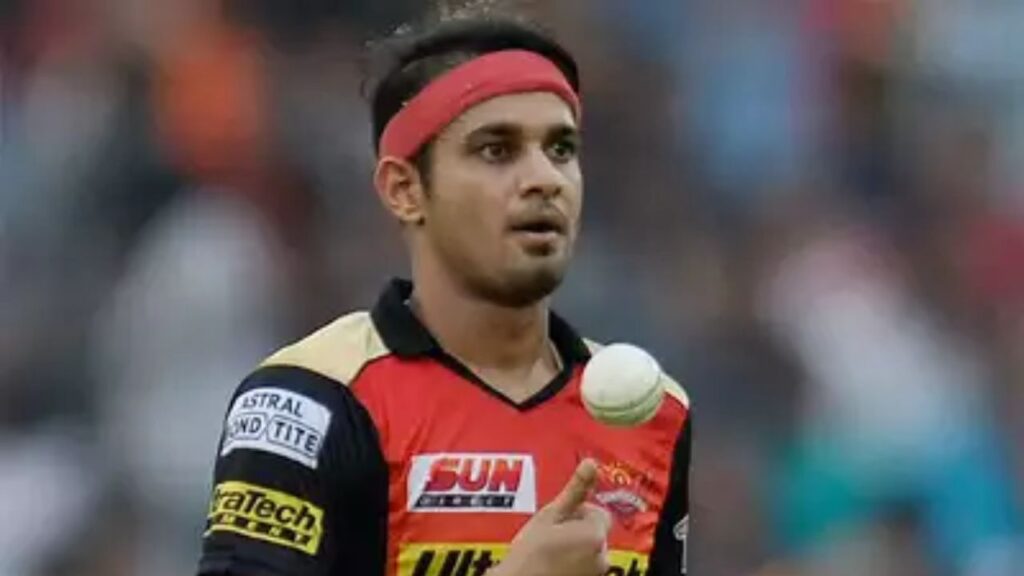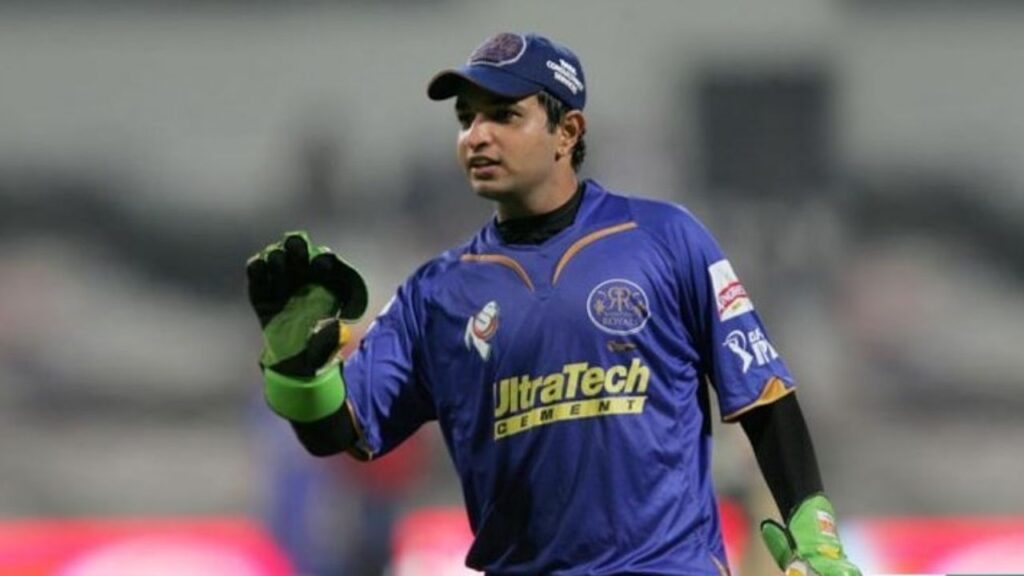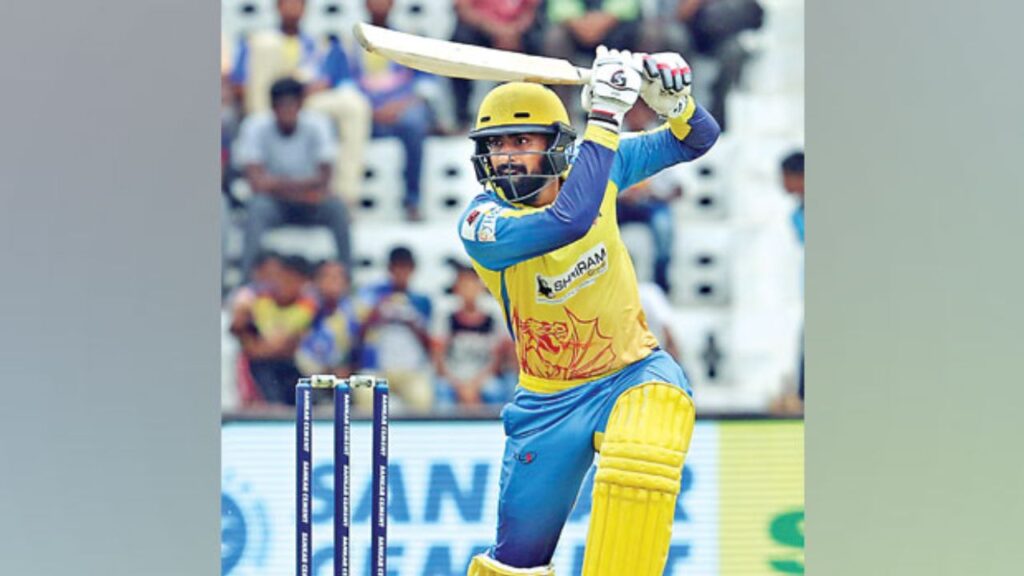Introduction
Domestic Cricket in India has gained immense popularity over the recent years. The Board of Control for Cricket in India (BCCI) in recent years has done amazing jobs with domestic first-class cricketers. Vijay Hazare’s trophy is just like Ranji and Syed Mushtaq Ali’s Trophy. It is also a domestic tournament organised annually by the BCCI. The competition is superseded the Ranji One Day Trophy in 2007.
Ranji is a red-ball format while the Vijay Hazare trophy is a limited-overs game. This tournament involves every team which features in the Ranji Trophy. It is a one-day 50-overs List A competition and is given equal importance alongside the other two domestic tournaments in India. Many young cricketers have performed in this tournament and got their call in the Indian Premier League (IPL) and some directly into the Indian team as well. The elite cricket tournament has given success to the Indian cricketers.
History of the Vijay Hazare Trophy
The Vijay Hazare Trophy was previously named the Ranji One-Day Trophy. The tournament was played at the zonal level instead of the state level. This was the title of a national under-19 tournament, involving zonal teams, which had been running since 1983/84. Then in the 1993/94 season the first edition of the senior tournament. It has played a vital part in the BCCI’s domestic structure.
After almost 15 years the tournament was renamed to the Vijay Hazare Trophy in 2007, named in honour of an esteemed cricketer, Vijay Samuel Hazare, who had died in December 2004. He was also the captain of India for 14 matches between 1951 and 1953. Under his leadership, the Men in Blue won their first test win in 1951 against England at Madras.
Vijay Hazare Trophy Format
The format of the Vijay Hazare trophy is a 50-over competition. The tournament is in a round-robin format in the group stage, then it proceeds to the knockout rounds. Competition is divided into groups. From there the top two teams from each group compete in the knockout stages. In total, 38 teams compete, showcasing the wide range of Indian domestic cricket.
Previously the Vijay Hazare trophy format was zonal and then it changed to the national level. Teams consequently played only within their zones, with no national winner declared. After 2002 a round-robin format was held for the top teams from each zone. Since the 2004-05 tournament, a playoff format that consisted of semi-finals and a final has been used.
Vijay Hazare Trophy Schedule
The cricket tournament will start on the 21st of December 2024 and the group stage will end on the 05th of January 2025. The knockout stages will start on 9th January and the final of the tournament will take place on 18th of January 2025.
Vijay Hazare Trophy Winners List
| Edition | Zone winners | ||||
| Central | East | North | South | West | |
| 1993–94 | Uttar Pradesh | Bengal | Haryana | Karnataka | Bombay |
| 1994–95 | Madhya Pradesh | Bengal | Punjab | Hyderabad | Maharashtra |
| 1995–96 | Uttar Pradesh | Bengal | Haryana | Karnataka | Bombay |
| 1996–97 | Madhya Pradesh | Assam | Delhi | Tamil Nadu | Mumbai |
| 1997–98 | Madhya Pradesh | Bengal | Delhi | Tamil Nadu | Mumbai |
| 1998–99 | Madhya Pradesh | Bengal | Punjab | Karnataka | Mumbai |
| 1999–2000 | Madhya Pradesh | Bengal | Delhi | Tamil Nadu | Mumbai |
| 2000–01 | Madhya Pradesh | Orissa | Punjab | Tamil Nadu | Mumbai |
| 2001–02 | Railways | Orissa | Punjab | Karnataka | Mumbai |
| Edition | Final host | Winner | Runner-up |
| 2002–03 | No final | Tamil Nadu | Punjab |
| 2003–04 | No final | Mumbai | Bengal |
| 2004–05 | Wankhede Stadium, Mumbai | Shared: Tamil Nadu and Uttar Pradesh | |
| 2005–06 | Wankhede Stadium, Mumbai | Railways | Uttar Pradesh |
| 2006–07 | Sawai Mansingh Stadium, Jaipur | Mumbai | Rajasthan |
| 2007–08 | Dr. Y. S. Rajashekar Reddy ACA–VDCA Cricket Stadium, Visakhapatnam | Saurashtra | Bengal |
| 2008–09 | Maharaja Bir Bikram College Stadium, Agartala | Tamil Nadu | Bengal |
| 2009–10 | Sardar Patel Stadium, Ahmedabad | Tamil Nadu | Bengal |
| 2010–11 | Holkar Stadium, Indore | Jharkhand | Gujarat |
| 2011–12 | Feroz Shah Kotla Ground, Delhi | Bengal | Mumbai |
| 2012–13 | Dr. Y. S. Rajashekar Reddy ACA–VDCA Cricket Stadium, Visakhapatnam | Delhi | Assam |
| 2013–14 | Eden Gardens, Kolkata | Karnataka | Railways |
| 2014–15 | Sardar Patel Stadium, Ahmedabad | Karnataka | Punjab |
| 2015–16 | M. Chinnaswamy Stadium, Bangalore | Gujarat | Delhi |
| 2016–17 | Feroz Shah Kotla Ground, Delhi | Tamil Nadu | Bengal |
| 2017–18 | Feroz Shah Kotla Ground, Delhi | Karnataka | Saurashtra |
| 2018–19 | M. Chinnaswamy Stadium, Bangalore | Mumbai | Delhi |
| 2019–20 | M. Chinnaswamy Stadium, Bangalore | Karnataka | Tamil Nadu |
| 2020–21 | Arun Jaitley Stadium, Delhi | Mumbai | Uttar Pradesh |
| 2021–22 | Sawai Mansingh Stadium, Jaipur | Himachal Pradesh | Tamil Nadu |
| 2022–23 | Narendra Modi Stadium, Ahmedabad | Saurashtra | Maharashtra |
| 2023–24 | Saurashtra Cricket Association Stadium, Rajkot | Haryana | Rajasthan |
Notable Performances and Records
5. Leading wicket-taker

Siddarth Kaul is the leading wicket-taker in the tournament. The Punjab-born bowler has picked up 155 wickets in the history of the competition. Kaul has a brilliant economy of 4.95 and an average of 20.21. The medium pacer is known for his deceiving pace and yorkers during bowling. He has also impressed in the IPL as well.
4. Most runs in a single season

Narayan Jagadeesan has the record for the most runs in a single season of the Vijay Hazare cricket tournament. The Tamil Nadu opener scored 830 runs in the 2022 edition of the league. He had an average of 138.33 in the 8 games he played. Jagadeesan scored 5 centuries in the very particular season for the state.
3. Most dismissals in a match

Mahesh Rawat had an impressive record in the Vijay Hazare Tournament. He has the record for most dismissals as a wicket-keeper in a single match and single innings as well. The wicket-keeper batter took 7 catches in the game against Madhya Pradesh in 2012. This has been a record by a wicket-keeper in the tournaments history.
2. Highest individual runs in a match

This record also goes to Narayan Jagadeesan. The classy opener scored 277 runs in an innings against Arunachal Pradesh in the 2022 edition of the league. He struck 15 sixes and 25 fours with a strike rate of 196.45. It remains the highest individual score by a batter in history.
1. All-time leading run scorer
Ankit Bawne is the highest run scorer in tournament history. He has scored 3635 runs with an impressive average of 55.07. He has the highest score of 184* runs. Scoring 14 hundreds and 12 fifties for Maharashtra. However, the 31-year-old has not been called by the Indian team for at least once. He has played just one IPL game for Delhi Capitals.
Teams Participating in the Vijay Hazare Trophy
Presently the Vijay Hazare cricket tournament has 38 teams split into five groups (A to E) for the 2023-24 edition. Here is the list of teams: Complete Guide to the Vijay Hazare Trophy: History, Format & Schedule
| Group | Teams |
| A | Kerala, Mumbai, Odisha, Pondicherry, Railways, Saurashtra, Sikkim, Tripura |
| B | Chhattisgarh, Hyderabad, Jharkhand, Maharashtra, Manipur, Meghalaya, Services, Vidarbha |
| C | Bihar, Chandigarh, Delhi, Haryana, Jammu and Kashmir, Karnataka, Mizoram, Uttarakhand |
| D | Andhra Pradesh, Arunachal Pradesh, Assam, Gujarat, Himachal Pradesh, Rajasthan, Uttar Pradesh |
| E | Baroda, Bengal, Goa, Madhya Pradesh, Nagaland, Punjab, Tamil Nadu |
Importance of Vijay Hazare Trophy in Indian Cricket
The importance of the cricket tournament is that it is the premier domestic limited-overs tournament in India. The competition provides a platform for the cricketers to showcase their talent in limited-overs cricket and make a mark in the Indian cricket circuit. Performing well in the tournament can earn a call for the national team and in the IPL as well.
Conclusion
Lastly, the tournament is an integral part of the future of Indian cricket, aiming for the development of talent and ensuring a consistent stream of players for national and international games at the highest level of cricketing events.


